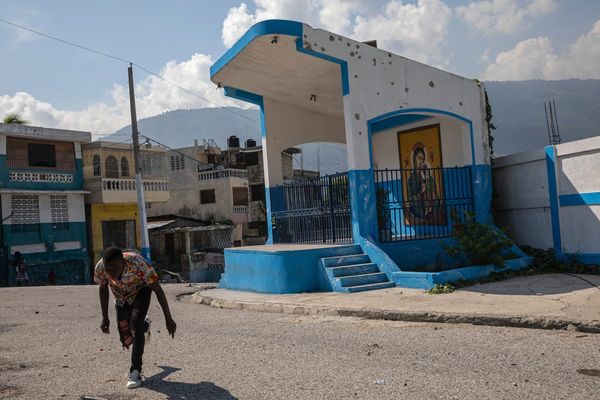
One of the key events that led to the taking of the U.S. Embassy in Tehran was President Jimmy Carter's decision to admit the Shah of Iran to the United States for cancer treatments in October 1979. The Iranian students who seized the embassy suspected a plot to reinstate the Shah and end the revolution. This triggered a 444-day hostage crisis that culminated in a failed rescue attempt known as Operation Eagle Claw, resulting in the deaths of eight U.S. service members.
Following the revolution, Iran initially aimed for a democratic system based on Islamic values. Mehdi Bazargan and Abolhassan Bani Sadr, both advocates of Islamic democracy, were appointed as leaders. However, Ayatollah Khomeini and his hardliners opposed this liberal vision, leading to the isolation and removal of the provisional government.
Khomeini's rise to power marked the beginning of a theocratic regime characterized by repression and brutality. Revolutionary committees were established to purge perceived enemies, leading to mass executions and forced confessions. The regime targeted not only monarchists but also leftists, socialists, and ethnic minorities, resulting in an estimated 30,000 deaths.
Under Khomeini's rule, Iranians faced strict control over their daily lives, including dress codes, entertainment choices, and relationships. Women were particularly affected, with restrictions on attire and limited rights in marriage and custody matters. The establishment of a morality police further enforced Islamic laws, creating an atmosphere of fear and intimidation.
The Islamification of Iranian society post-revolution, known as Iran's cultural revolution, led to economic stagnation and a significant exodus of the middle class. Despite internal discontent, the regime remained steadfast in its oppressive policies, triggering ongoing resistance and societal unrest.
As Iran grappled with internal turmoil, a new external threat emerged when Saddam Hussein invaded the country, posing a significant challenge to the Ayatollah's regime in its early stages.







